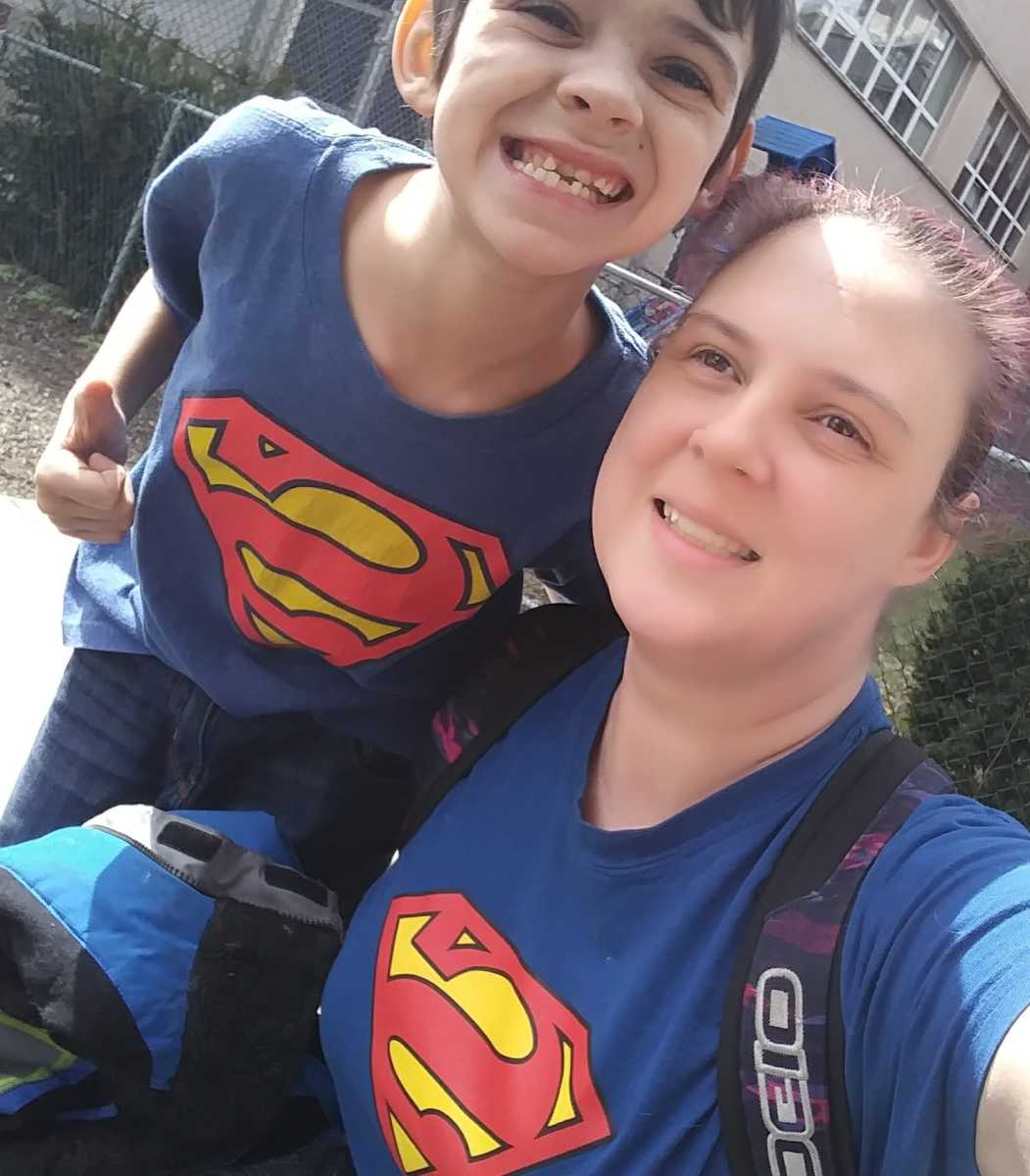Application of Learning to Learn in an Elementary School Classroom Setting
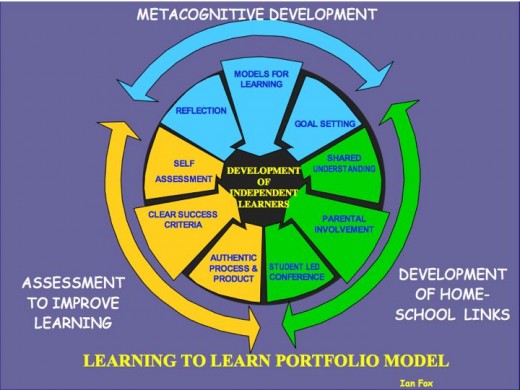
There are many changes in children’s thinking as they grow and mature through childhood. Siegler (1994) illustrates the comparison of thinking in different childhood stages such as an infant, a toddler, and a child in elementary school. Further, research has had a focal point of the study of cognitive development in such age groups to attempt to identify when changes in cognitive thinking occur (Siegler, 2000).
Variability in a child’s cognitive development occurs throughout these different ages (Siegler, 2000). Developing teaching techniques that incorporate a child’s cognitive ability and enhance learning is a question that has been raised throughout this research. These strategies should not only enhance the child’s experience in learning, but should also focus on specific learning strategies and the ability to transfer these strategies to further academic material as the child develops more advanced cognition.
Variability to consider in a child’s thinking can be found in the development of memory strategies, development of problem-solving skills, and conceptual development (Sieglar, 2000). There is also variability to consider within an individual child when they attempt to solve a problem in just one trial. Sieglar (2000) depicts this event when a child was measured in a single trial in regards to the hand gestures and verbal explanations. The child expresses verbally one type of understanding while the gestures actually express a different explanation. Children are showing a shift in their ways of thinking from one way to another (Sieglar, 2000).
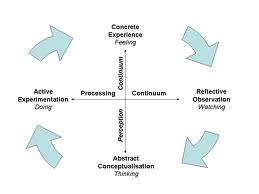
The Balance Task
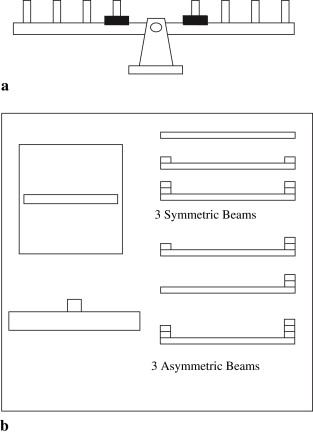
Learning to Learn Idea: Sieglar
An example of the research done by Sieglar (2000) was in a 30-minute session with pre-school age children. They measured the development and acquisition of new strategies of the children in regards to addition. The children had preconceived rules and principles of the task of addition and did not develop or use strategies that violated those principles. However, they did develop new strategies within said principles (Sieglar, 2000). The conclusion encompassed variability being most pronounced in infancy and early childhood and thus, most important in efficient performance (Sieglar, 2000).
Brown, Campione, and Day (1980) implemented strategies and academic procedures based on Sieglar’s Learning to Learn idea when training students in learning. There was significant evidence that student’s that were informed of the outcome of their particular action and were further instructed in self-corrective procedures, were more successful in the desired outcome. When implemented in the elementary school classroom, the strategies and procedures also further enhanced the child’s own knowledge for more effective learning in the future (Brown, Campione, & Day, 1980).
Majority of development training has concentrated on deliberate strategies of learning; such as, recalling information. Recall is an effective strategy (Sieglar, 2000; Brown et. al, 1980). Recall is not the only strategy that can result in a desired outcome. Understanding the significance of the material given is equally as important. Activities that only concentrate on recall do not always help a child to apply the information to different, but relevant material (Brown et. al, 1980). There are three other common strategies that have been studied; rehearsal, categorization, and elaboration (Brown et. al, 1980).
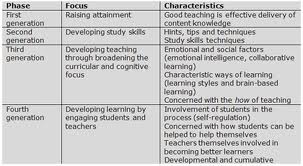
- Project MUSE
- Modern Learning Theories and Mathematics Education - Robert Siegler
Modern Learning Theories and Mathematics Education The research reported here was supported by the Institute of Education Sciences, U.S. Department of Education - Bob Siegler's Home Page
Robert Siegler is a Professor of Cognitive Psychology. Research focuses on children's thinking, particularly their mathematical and scientific thinking.
Success in Incorporating Learning to Learn
Categorization is a strategy that will enhance the recall strategy of a child. When a child can put meaning on the academic material to enhance their ability to comprehend it is elaboration (Brown et. al, 1980). In order for the child to integrate these strategies effectively, transformation is required. When refining strategies or when a child is in need of combining several strategies, transformation becomes important. This ability has been measured and shows significant evidence it emerges between the ages of 5-7-years-old. Important to consider is the stage that precedes transformation, that is product deficiency (Brown et. al 1980).
Product deficiency is the stage prior to developing transformation strategies where the child is unable to produce a strategy right away or spontaneously. However, the child may be able to produce a strategy with prompting from an adult. Prompting the child of necessary strategies needed is especially useful when teaching a learning delayed child to produce said strategies. Having prior knowledge that this stage exists, teachers can attend to their student’s direct educational and instructional needs when a child is unable to keep up with their peers (Brown et. al 1980).
The ideas presented in the 1980 study and implementation in a classroom setting led to Anne Brown developing a program, Fostering Communities of Learners. It was placed in classrooms that served inner-city children from the ages of 6-to-12-years-old (Brown, 1997). The program was based on theoretical advances in cognitive and developmental psychology and was successful at improving literacy skills and domain-area subject matter, such as biology. The program was developed to build on young children’s emerging strategic and metacognitive knowledge with the basics in that particular subject’s theories. FCL led kids to the ability of finding deep principles of the subject while still developing flexible learning strategies that had a wide area of applicability (Brown, 1997).
To be successful in incorporating Sieglar’s ideas of learning to learn of strategies and variability of these strategies, while keeping the developmental stages in mind, Brown and colleagues in these two studies have set a skeletal profile for further educational settings to modify and incorporate into their own academic curriculum. Understanding leads to children’s ability to come up with inventive and experimental use of their new knowledge.
Work Cited
1. 1. Brown, A., Campione, J., & Day, J. (1980). Learning to learn: On training student to learn from texts. University of Illinois at Urbana-Champaign Technical Reports. doi: 10.1980/i00189
2. Brown, A. (1997). Transforming schools into communities of thinking and learning about serious matters. American Psychologist.
3 Sieglar, R. (1994). Cognitive variability: A key to understanding cognitive development. Current Directions of Psychological Science. 3, 1-5,
This content reflects the personal opinions of the author. It is accurate and true to the best of the author’s knowledge and should not be substituted for impartial fact or advice in legal, political, or personal matters.
© 2012 Abby Rourk



